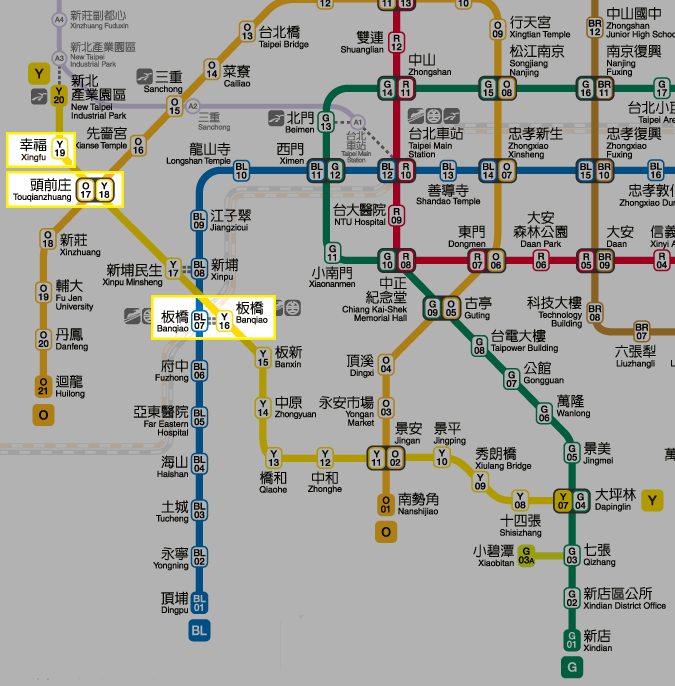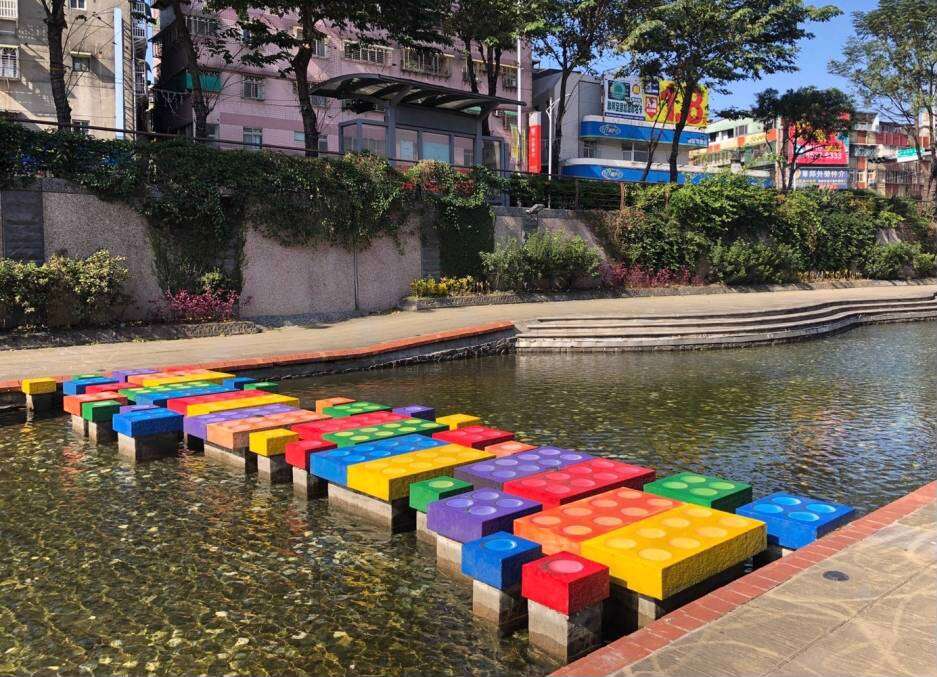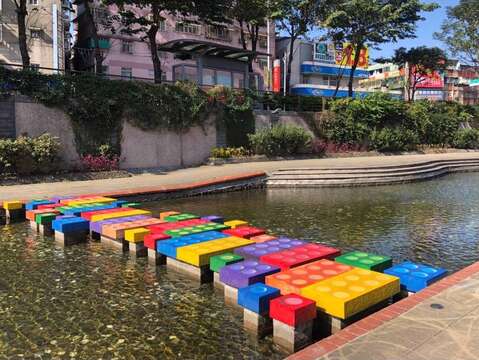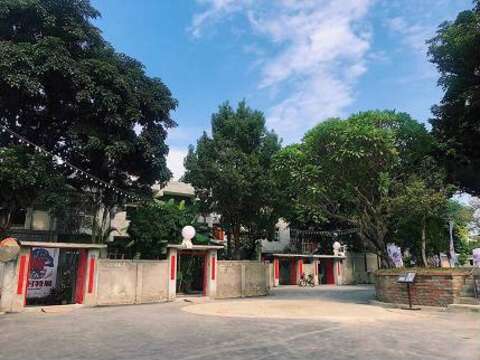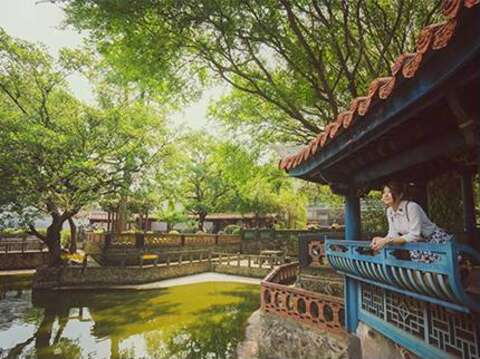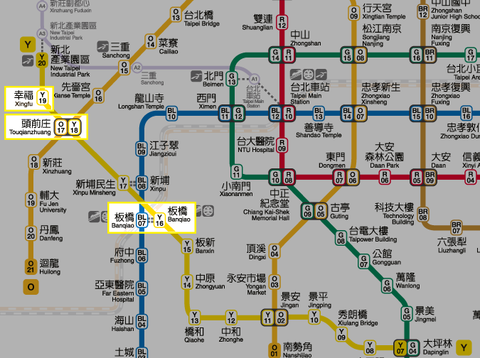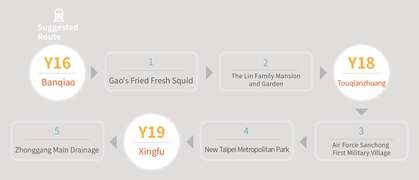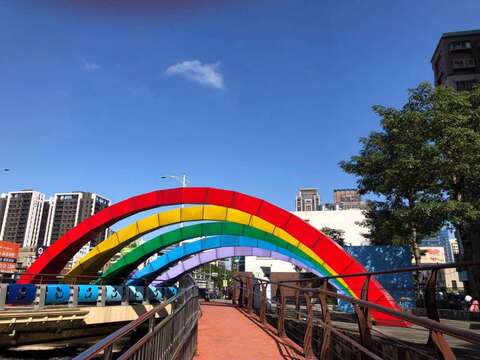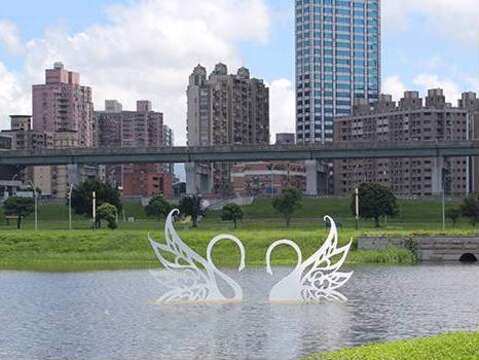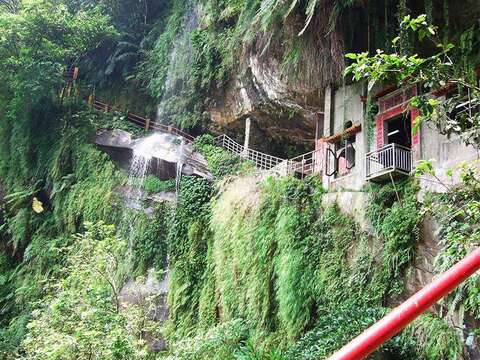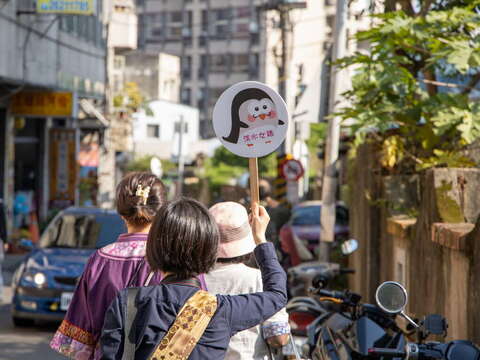Educational and Entertaining Journey for Parents and Children! Spend One Fun Day throughout the Color Blocks and the Military Dependents' Village Cultural Creative Space
Popularity 7203
Gao's Fried Fresh Squid
A full bowl of fried fresh squid contains only two simple food ingredients, cabbage and squid; the aromatic fried cabbage has a crunchy texture and tastes sweet as well as the well-processed squid is crusty and chewy. Mixed with 4 seasonings, sour, sweet, salty, and spicy, the simple bowl of squid becomes very special.
info.
Location and Address: No.28, Gongkou Street, Banqiao Dist., New Taipei City
Contact Phone Number: 886-2-29603503
Opening Hours: Tuesday ~ Sunday 8:00-17:30. The shop is closed on Mondays and the Chinese New Year holidays from the prior day before the Chinese New Year's Eve to the 5th day of the 1st lunar month.
The traffic information from the Fuzhong MRT Station to the Gao's Fried Fresh Squid
Get off at the Fuzhong MRT Station and take about a 5-minute walk.
The Lin Family Mansion and Garden
After visiting the flourishing shopping malls and city center, it is hard to believe that a classical Chinese garden quietly sits in a place just a quarter hour's walk from the city center, waiting for people to explore. The Ben-Yuan Lin's Family Mansion and Garden is also called "Lin's Family Mansion and Garden”. It was the most magnificent private mansion in Taiwan built in the Qing dynasty. Inside his deluxe garden, there are pavilions, alcoves, and artificial landscapes, making the garden the most popular site of classical building photography and the most common spot for wedding photography.
info.
Location and Address: No.9, Ximen St., Banqiao Dist., New Taipei City, Taiwan 220
Contact Phone Number: 886-2-29653061
Opening Hours: 9:00 ~17:00 (The first Monday of each month is an official holiday. The Garden is open on weekends)
The traffic information from the Gao's Fried Fresh Squid to The Lin Family Mansion and Garden
Walk along Beimen Street and Ximen Street. It takes about 4 minutes to reach the destination.
The Lin Family Mansion and Garden's information
Air Force Sanchong First Military Village
Entering Lane 86 from the busy Zhengyi South Road, what first comes into sight is the two national flags with blue sky, white sun, and a wholly red earth. Low and plain brick houses line up the streets – Air Force Sanchong First Military Village filled with nostalgic memories is right here. “Air Force Sanchong First Military Village” was officially recorded as New Taipei City's historical architecture in August, 2006 and has now been recognized New Taipei City's cultural heritage of military family village. In 1954, National Women's League of the R.O.C. built the Air Force military family housing here, where the houses' layout and size varied in according to military rank. Japanese and Kuomintang troops had all stayed here before; the two large-scale underground dugouts at the village are still perfectly preserved today – they are approximately the size of two basketball courts. At the village there are also artillery battalions left from the period of Japanese rule.
info.
Location and Address: Lane 86, Zhengyi South Rd., Sanchong District, New Taipei City
Contact Phone Number: 886-2-89535332
Opening Hours: 10:00 - 18:00
The traffic information from The Lin Family Mansion and Garden to the Air Force Sanchong First Military Village
Take the Circular Line and get off at the Touqianzhuang MRT Station. Transfer to the Zhonghe-Xinlu Line and get off at the Taipei Bridge MRT Station. It takes about a 10-minute walk to reach the destination.
Air Force Sanchong First Military Village's information
New Taipei Metropolitan Park
The Riverside Park along Erchong Floodway used to be the flood spill way of Greater Taipei. Ater the realignment by the New Taipei City government, it has become a green land of about 800 hectares, the largest city park for sight-seeing in Greater Taipei area, famous leisure point of interest and a pride of Sanchong people. On the broad grass land, you can have a walk, fly a kite, play ball games or ride a bicycle at will. There is a bicycle path here with a length of about 20 km, the longest in Taiwan. There are also 68 muli-funcional sports grounds and 7 natural ecological parks here, a very good place for having a rest.
info.
Location and Address: Sanchong Dist., New Taipei City
Contact Phone Number: 886-2-29862345
Opening Hours: Open all year round
The traffic information from the Air Force Sanchong First Military Village to the New Taipei Metropolitan Park (Erchong Floodway Riverside Park)
Take the Zhonghe-Xinlu Line and get off at the Sanchong MRT Station. It takes about a 3-minute walk to reach the destination.
New Taipei Metropolitan Park's information
Zhonggang Main Drainage
Who could think that the popular check-in point- Zhonggang Main Drainage used to be a stinky sewage place? After the comprehensive renovation, the place is completely different. Fish is swimming, turtles are sunbathing on the stones and birds are searching for food, an ecosystem with abundant species everywhere. Enter from the dream-like Rainbow Bridge, there are children's colored paintings on the walls along both sides of the river; with the on-site landscapes, 3D paintings are lively and vivid and make people personally on the scenes. Please don't miss the "color blocks," you have to take photos with them; the colorful large and small blocks scattered in the river, it's IG's most popular check-in spot for internet celebrities; either sitting or standing, you'll get beautiful photos. There is also a small fruit cake bridge, very lovely. You should remember to check-in at the spot and upload your beautiful photos! The Zhonggang Main Drainage is designed with barrier-free slopes everywhere as well as chairs for visitors to take a break. It's a place worth coming over to.
info.
Location and Address: No.191, Zhongyuan Rd., Xinzhuang Dist., New Taipei City
Contact Phone Number: 886-2-29929891 (Xinzhuang District Office)
Opening Hours: until 22:00.
The traffic information from the New Taipei Metropolitan Park (Erchong Floodway Riverside Park) to the Zhonggang Main Drainage
Take the Circular Line and get off at the Xinfu Station. Take one step out of the station, you can reach the destination.
Zhonggang Main Drainage's information
Return Trip Traffic Information
Walk to the Xinfu MRT Station and transfer to either MRT Line on the return trip back home.
Circular Line MAP
